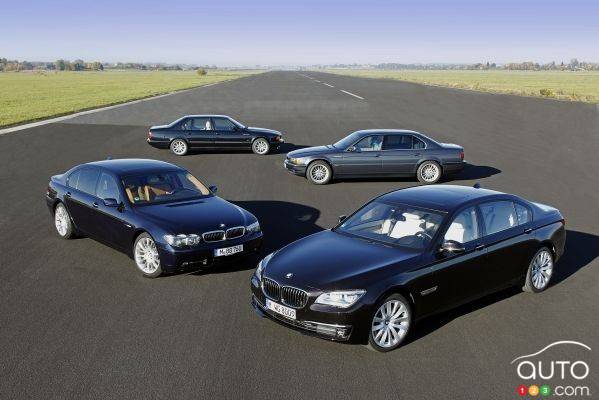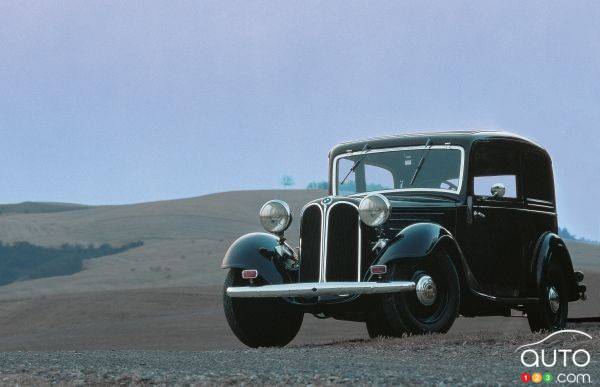Celebrating 100 years is always a monumental event, especially for car companies. In 2016, it’s BMW’s turn to blow 100 candles.
Following the creation of Bayerische Flugzeug Werke (a Bavarian aeroplane engine factory) and a name change in 1916, Bayerische Motor Werke adopted its famous blue and white helical logo in 1922.
A year later, BMW started building the R 32 motorcycle, which was equipped with a shaft-driven transmission and twin-cylinder boxer engine. The first BMW automobile, launched in 1928, was called Dixi. In 1939, a BMW 328 won the 24 Hours of Le Mans endurance race in the 2.0L class and finished fifth overall.
World War II resulted in BMW manufacturing a large number of fighter plane engines. Car production resumed in 1951. BMW later went on to enjoy plenty of success in racing, highlighted by a win at the 24 Hours of Spa (1965) and a strong debut in Formula 2 (1967).
During the 1970s, the company began using three digits to designate models: The first one refers to the model’s class, the last two indicate the engine displacement (save for a few exceptions), and a letter at the end specifies the type of fuel or transmission. Increasing popularity among consumers led BMW to add utility vehicles, high-performance versions, and more recently electrified cars under the “i” sub-brand.
You can relive BMW’s 100-year history through a comprehensive infographic and a series of pictures showing classic BMW cars at carkeys.co.uk. Of course, don’t miss our own photo gallery!







